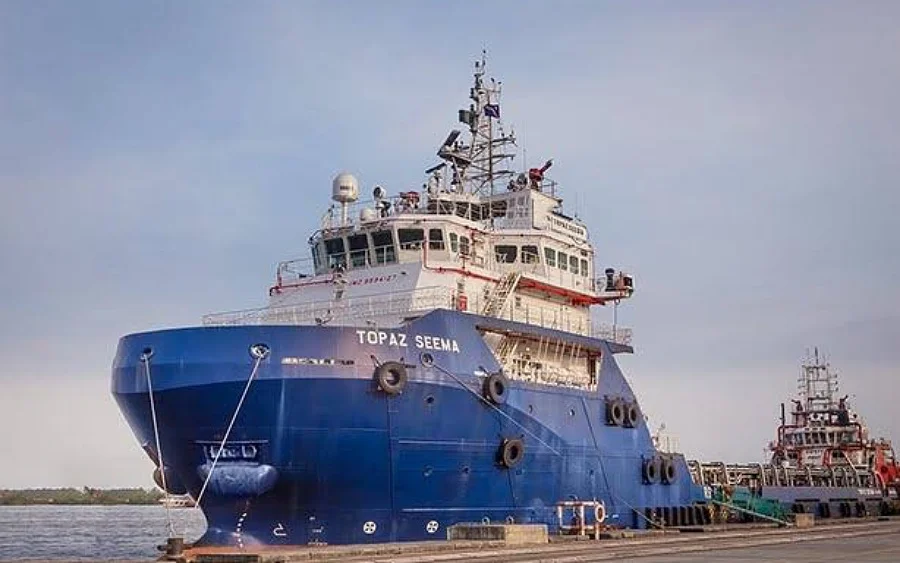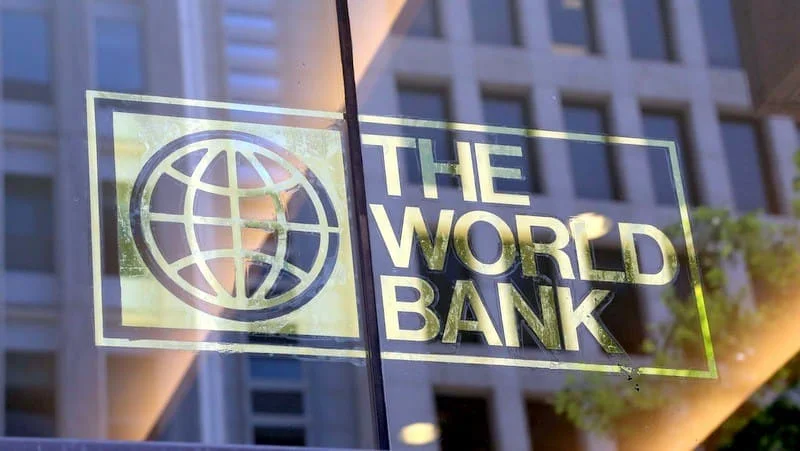The Nigerian Maritime Administration and Safety Agency (NIMASA) has introduced a digital manifest management system for ships berthing at Nigerian ports, aiming to standardize operations and enhance efficiency in the nation’s shipping industry, as announced by Director-General Dr. Bashir Jamoh on Monday.
Digital Transformation for Efficiency
Aligning with the Federal Government’s Executive Order on Ease of Doing Business, NIMASA is committed to reducing vessel turnaround times and minimizing human interaction in transactions. Dr. Jamoh stated, “We are focused on transparency and professionalism to drive growth in the maritime sector.” The agency has made significant strides in digitizing processes, including electronic submission and processing of cargo manifests and sailing certificates.
Enhanced Collaboration and Processing Times
NIMASA has improved its operational synergy with sister agencies, notably the Nigerian Ports Authority (NPA), by transmitting sailing clearances electronically. The digital processing of manifests has reduced handling times from 72 hours to just five hours for Very Large Crude Carriers (VLCCs) and large container vessels, marking a significant improvement, though Jamoh noted that further enhancements are ongoing.
Benefits of Full Digitalization
The new system is part of NIMASA’s goal to fully digitize all agency processes by the end of 2022. This initiative is expected to streamline operations, boost transparency, and enhance the competitiveness of Nigeria’s maritime sector, ultimately improving the ease of doing business for stakeholders.
Recent Maritime Security Measures
In November 2021, NIMASA introduced security enhancements, requiring ship captains to submit Security-Related Pre-Arrival Information (SRPA) forms 48 hours before arriving at Nigerian ports. These measures complement the digital manifest system, reinforcing safety and efficiency in the maritime industry.
Looking Ahead
NIMASA’s digital manifest management system positions Nigeria’s shipping industry for greater efficiency and global competitiveness. By reducing processing times and embracing digital solutions, the agency aims to foster a more transparent and professional maritime ecosystem.






